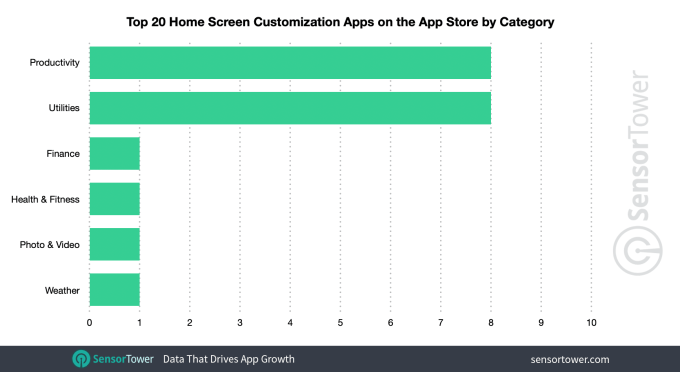California Governor Gavin Newsom href="https://www.gov.ca.gov/2020/09/23/governor-newsom-announces-california-will-phase-out-gasoline-powered-cars-drastically-reduce-demand-for-fossil-fuel-in-californias-fight-against-climate-change/"> issued an executive order on Wednesday requiring sales of all new passenger vehicles be zero-emission by 2035.
The new order would be a huge boost for electric vehicles, and vehicles using alternative fuels like hydrogen, and could boost a sector that’s already surging in California.
As an announcement from the California Governor’s office indicates the transportation sector is responsible for more than half of all of California’s carbon pollution, 80 percent of smog-forming pollution and 95 percent of toxic diesel emissions.
“This is the most impactful step our state can take to fight climate change,” said Governor Newsom, in a statement. “For too many decades, we have allowed cars to pollute the air that our children and families breathe. Californians shouldn’t have to worry if our cars are giving our kids asthma. Our cars shouldn’t make wildfires worse – and create more days filled with smoky air. Cars shouldn’t melt glaciers or raise sea levels threatening our cherished beaches and coastlines.”
After the order, the California Air Resource Board will develop regulations that will mandate 100 percent of sales of passenger cars and trucks are zero-emission by 2035.
Setting the 2035 target would achieve reductions in greenhouse gases above 35 percent and an 80 percent improvement in oxides of nitrogen emissions from cars.
The board will also develop regulations that require operations of medium- and heavy-duty vehicles to be fully zero-emission by 2045 where feasible.
Under the order, state agencies in partnership with the private sector will be required to accelerate deployment of affordable fueling and charging options. The order also requires broad accessibility to zero-emission vehicles, according to a statement.
What it won’t require is for Californians who own gasoline-powered cars to give them up or deny car owners the ability to sell their gas-powered cars in the used car market.
With the initiative, California is joining fifteen countries that have already committed to phasing out gas-powered cars, according to a statement.
Built into the order is an assumption that zero-emission vehicles will be cheaper and better than fossil fuel powered cars, but there are significant hurdles — and opportunities before the market gets there.
There’s going to need to be a massive buildout of charging stations and fueling stations for electric and hydrogen powered vehicles. New charging technologies will need to be put in place to enable faster charging, and new financing models will need to be put in place to ensure the kind of accessibility that the California government is requiring.
All of these opportunities should have startups chomping at the bit, and several companies like the new electric vehicle manufacturers launching to compete with Tesla, the new charging technology developers and others will have Newsom to thank for the sudden boost in their valuations.




